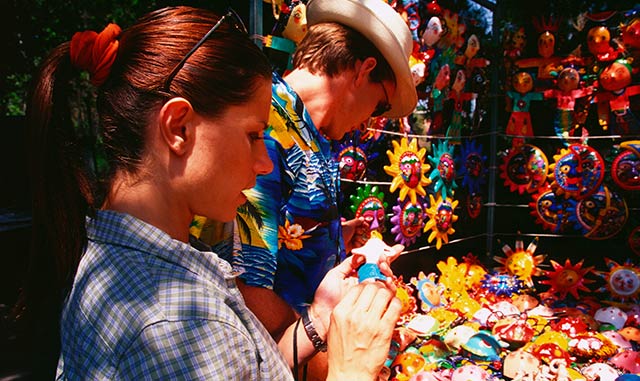Learning a language is not always a laborious, intensive and boring classroom lesson. These days, many language learners are trying a very different approach to commanding the new method of communication of a foreign tongue: immersing oneself into cultural practices.
The question is: is it possible to fully understand and learn all the words and sentence structures of a new language, without knowing about its culture? Some would say not. Yes, a language is a network of words, sentence structures, tones and phrase order, but without knowing the culture of the land where this language is being spoken, you will miss several layers of meaningful information in between the words you speak.
If you know the culture, it puts you in touch with the development of what you are saying. Cultural practices are therefore key when learning a language – as culture is language and language is culture.
But fear not, learning a new culture is not as difficult as learning a language from scratch. Culture is how people behave and interact; it is developed through socializing, playing, interacting and bonding.
Culture distinguishes one group from another by physical actions (Italians tend to kiss on the cheek and hug friends upon meeting, many other cultures do not), body language and general habits.
Language is a reflection of culture. Many cultures may even shock foreign language students, who tend to immerse in the culture to better understand, but they soon come around to the different social or religious habits of another culture.
Accept that Cultural Practices Change
The modern world is changing fast – sometimes too fast. Language learners may have a challenging time trying to keep up with the latest social media hype, fashion or musical tastes of a country.
Traditional beliefs rarely hold much sway in culture any longer: many western world cultures believe pizza is an Italian speciality and not something you can only really find in Napoli; French culture still believe the British eat roast beef and wear bowler hats to work (a trait which faded out decades ago) and most of us believe Indian food is based on a spicy curry – not realising it was a dish made specifically by Asian cooks for the western palette.
Cultural practices can be learned in a surprisingly short space of time. Language learners can even get a head start by watching travel documentaries on television or through video, in an effort to further enhance language learning.
References:
Oaster, B. (2017, September 26). Understanding Culture is the Key to Learning a Language. Retrieved February 06, 2018, from https://www.daytranslations.com/blog/2017/10/understanding-culture-9988/
